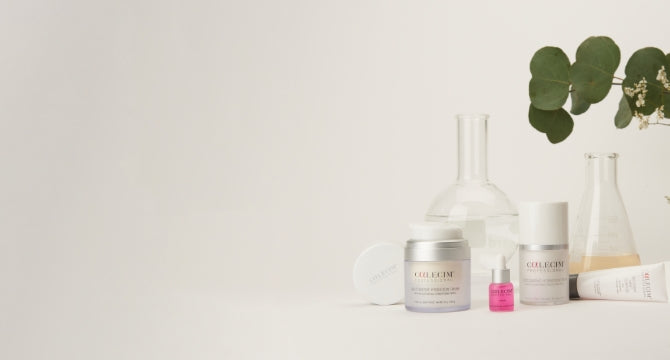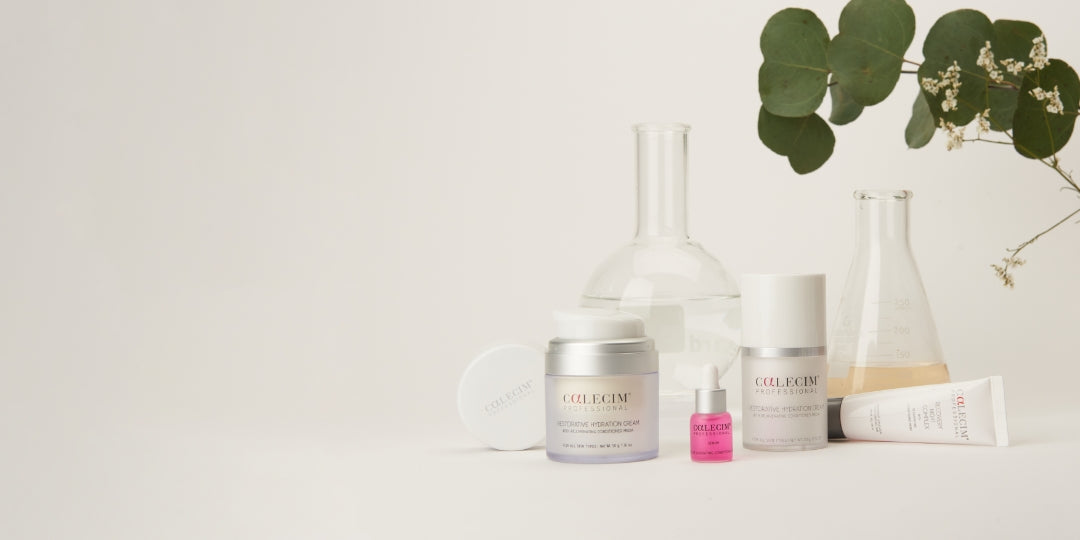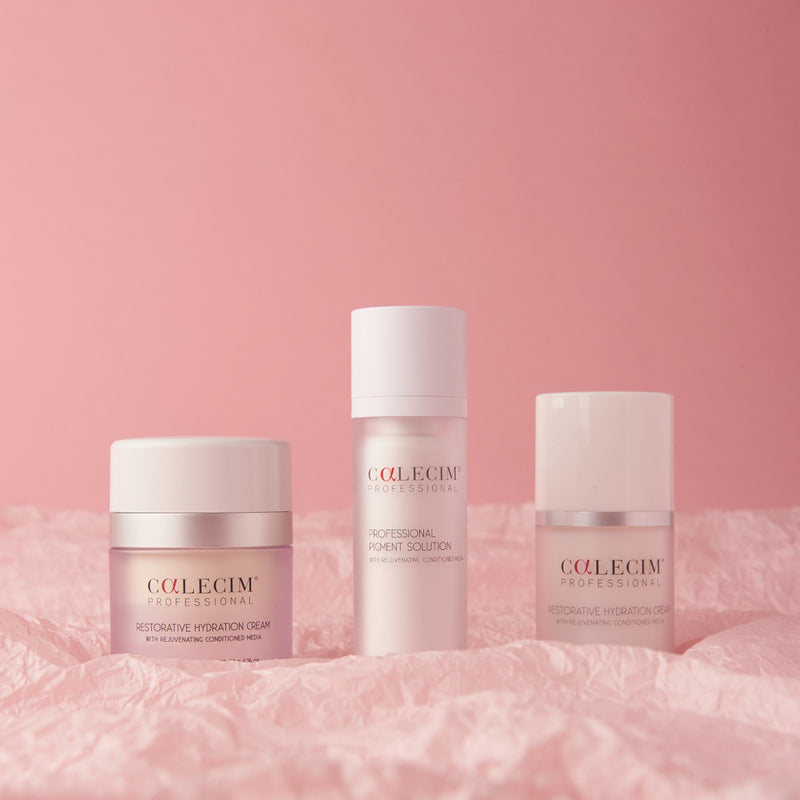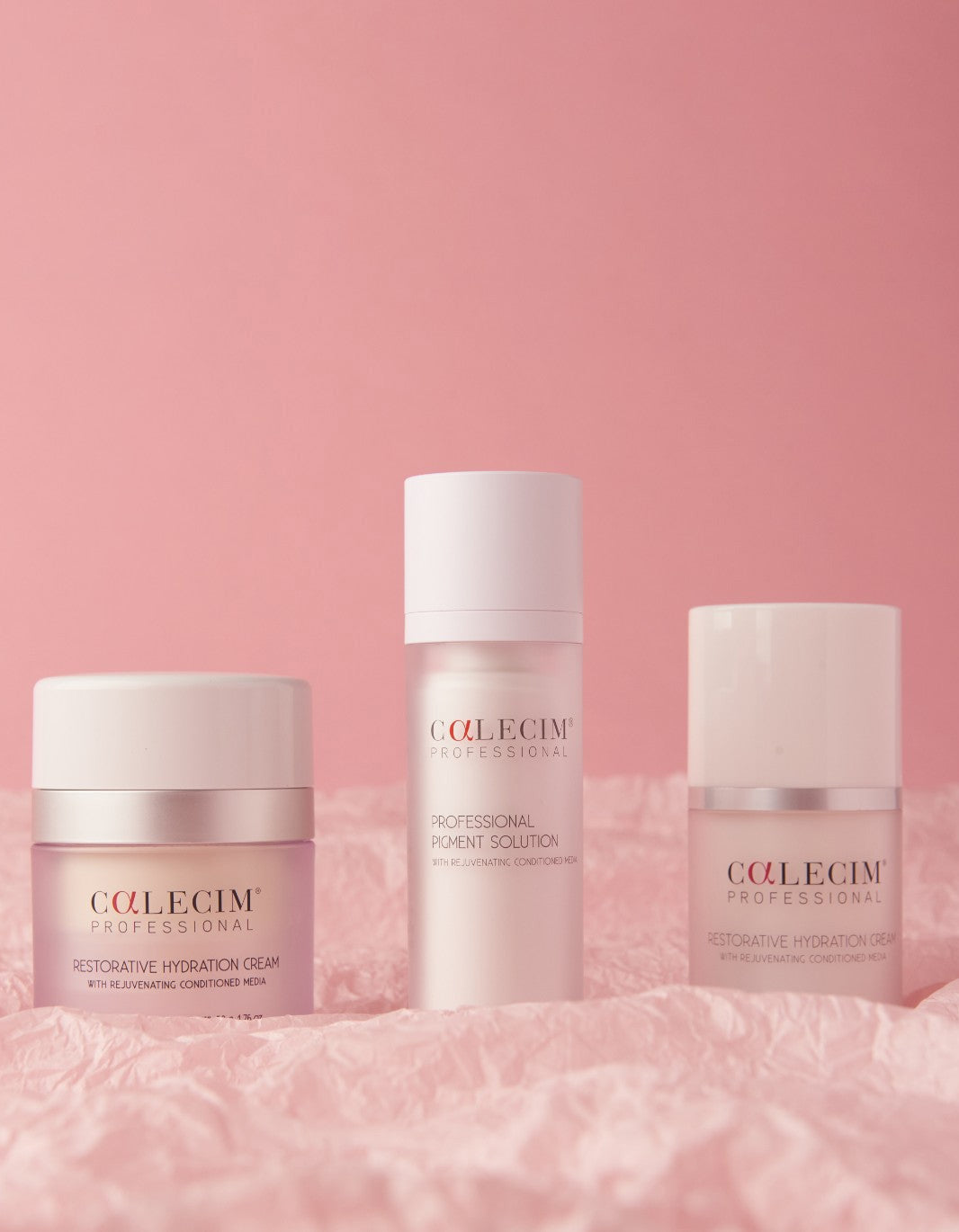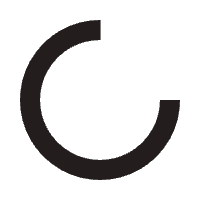Umbilical cord lining mesenchymal exosomes with microneedling for scalp rejuvenation
Published at World Congress of Dermatology 2023 Singapore
EARNEST MEDICAL GROUP
Hong Kong
Background
The latest study by the National Health Commission of the People’s Republic of China shows that up to 250 million people were troubled by alopecia. Up to 70% of them were under 30 years old. Androgenic Alopecia (AGA) could affect both males and females and is the most common cause of hair loss worldwide. AGA could be caused by a mixture of hereditary, environmental, dietary and hormonal factors. The consequence is that the hair follicles shrink, and the growing hair becomes shorter and thinner. If no further intervention is done, eventually the follicles become completely inactive and result in baldness. Although there is no complete cure for hair loss, there are effective hair restoration procedures that may slow hair loss.
The novel agent Cord Lining Conditioned Media (CLCM) formulated from proteins and exosomes naturally secreted by Umbilical Cord Lining Stem Cells using CellResearch Corporation’s Patented techniques. This unique combination of growth factors, cytokines and peptides has been shown to increase skin cell turnover, reduce inflammation and increase skin’s production of Glycoproteins. Moreover, in-Vitro Trials of CLCM showed 24% growth of human follicle dermal papilla (DP) cells, such DP cell proliferation function is on par with the industry ‘gold standard’ of Minoxidil. Further in vitro trials also show that when exposed to CLCM, TNF alpha was demonstrated to be reduced up to 30 times which is comparable to that of Vitamin D, which in turn reduces cell apoptosis.
Objective
The aim of this clinical observation study is to review whether CLCM applied through the conventional micro needling technique could be able to stimulate hair growth from underactive hair follicles in both males and females.
Method
The first participant started CLCM microneedling treatment on 25 April 2021. Up till now, there were 62 cases, with 47 being male and 15 being female. Male participants consisted of AGA graded 2-5 on the Norwood scale of hair loss were included, while female participants consisted of hair loss graded 2-3 on the Ludwig scale were included. One of the male participants was a post-hair transplant recipient. Participants with critical health problems were excluded from the treatment. Photographs were taken before each treatment session. Consent was signed.
After completing active treatment sessions and supplementary sessions, participants would attend follow-up every 3 months for assessment of scalp condition.
Treatment Strategy:
Treatment Protocol:
- Application of topical anaesthesia using 10% compound lignocaine depending on patient’s preference (optional)
- Scalp disinfection using Chlorhexidine:
- 5ml of CLCM was applied to the area of need with 1.2-mm micro-needling1. The depth would be subjected to slight adjustment depending on tolerability.
- Sterile gauze would be pressed on the scalp to minimize bleeding
- Excessive CLCM would be gently massaged on the scalp.
- Total treatment time is only five minutes.
Results
Over 95% of the participants had objective improvement in hair quality and quantity over the CLCM after active treatment sessions: i.e. after 1.5 months for females and 3 months for males on average. 80% reported observable less hair falling in early one month time. Additional benefits observed included less dandruff, hair less greasy, darker and shinier hair, and reduced scalp itchiness. The result was still sustainable after the participant stopped treatment after 3 months. Side effects include pain (>95%) and localized edema (<5%).
Conclusions
CLCM applied by microneedling could be an effective treatment option for scalp rejuvenation.


3 Years Post Hair Transplant


References
1) English RS Jr, Ruiz S, DoAmaral P. Microneedling and Its Use in Hair Loss Disorders: A Systematic Review. Dermatol Ther (Heidelb). 2022 Jan;12(1):41-60. doi: 10.1007/s13555-021-00653-2. Epub 2021 Dec 1. PMID: 34854067; PMCID: PMC8776974.
















